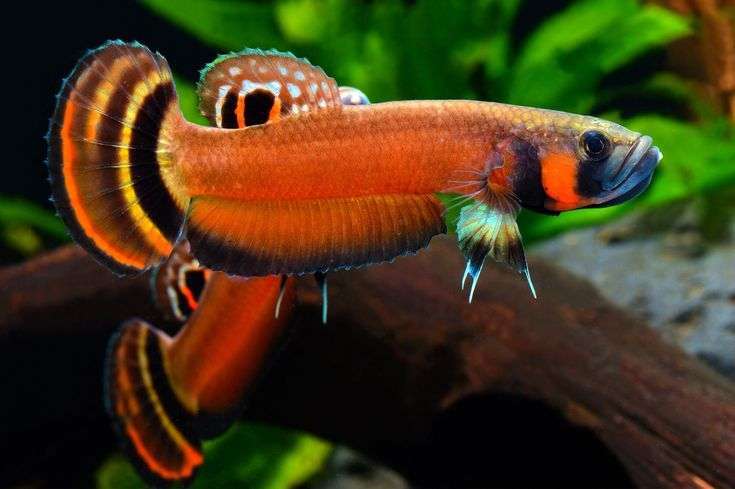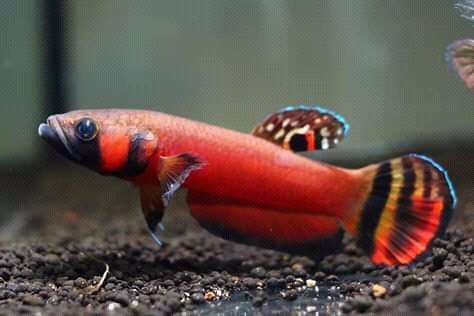Introduction to Nature's Majestic Beauty
Betta Macrostoma – Majestic Beauty, also known as the “Brunei Beauty,” is one of the most sought-after fish in the aquarium world. Originating from the island of Borneo, this freshwater species showcases a captivating display of colors and behaviors. In this comprehensive guide, we will delve deep into the fascinating world of Betta Macrostoma, unraveling its origins, care requirements, and breeding habits.
The Origins and Natural Habitat of Betta Macrostoma
Borneo's Majestic Beauty: A Freshwater Marvel
Nestled in the dense rainforests of Borneo, Betta Macrostoma thrives in pristine freshwater streams. These streams, often lined with fallen leaves, create a unique tannin-rich environment that lends the water its distinctive dark, tea-like appearance. This environment, while seemingly murky, is filled with minerals and organic matter crucial for the Betta Macrostoma's survival.
Physical Attributes: Beyond The Ordinary
Colors and Patterns
At first glance, the Betta Macrostoma displays a mesmerizing palette of reds, blacks, and whites. Mature males dazzle with a brilliant red hue, predominantly displayed on their ventral and anal fins. The body exhibits a robust brown-black with subtle stripes, enhancing its majestic appearance.
Size and Shape
Typically growing to a size of about 12-14 cm, Betta Macrostoma has a streamlined body shape. Unlike some other Betta species, the Macrostoma showcases elongated fins, with the male's dorsal fin possessing a characteristic pointy edge.
The Intricacies of Betta Macrostoma Care
Ideal Water Conditions
To replicate the natural conditions of Borneo streams, it's essential to maintain a pH level of 5.5 to 6.5. Soft water, with a temperature range of 22°C to 28°C, ensures the fish's well-being. Utilizing Indian Almond leaves can help achieve the desired tannin levels.
Diet and Nutrition
Being carnivorous, Betta Macrostoma thrives on a diet rich in protein. Live or frozen foods such as brine shrimp, bloodworms, and daphnia are highly recommended. Regular feeding, combined with occasional dietary variations, ensures optimal health and coloration.
Tank Setup and Companions
A spacious tank of at least 30 gallons, decorated with driftwood, plants, and a dark substrate, closely mirrors their natural habitat. Although Betta Macrostoma can coexist with peaceful tankmates, it's ideal to keep them in species-specific setups, especially during breeding periods.
Breeding: A Unique Ritual
Courting and Mating
Betta Macrostoma breeding is an awe-inspiring spectacle. Males perform intricate dances, flaring their fins and showcasing their vibrant colors. Once the female is enticed, she lays her eggs, which the male fertilizes and stores in his mouth.
Mouthbrooding: Nature's Marvel
Unlike many other fish species, male Betta Macrostoma are mouthbrooders. Post-fertilization, they carry the eggs in their mouth for approximately two weeks. During this period, males avoid eating, dedicating their time to aerating and protecting the eggs.
Post-Hatching Care
Once the fry are released, they require minute food particles like infusoria. As they grow, transitioning to baby brine shrimp ensures steady growth and development.

Conclusion
Betta Macrostoma, with its enthralling beauty and unique breeding habits, truly stands out in the aquatic world. By understanding its natural habitat and specific care requirements, enthusiasts can ensure that these magnificent creatures thrive, bringing endless joy and beauty to aquariums worldwide.
Betta Macrostoma Pair: The Crown Jewel of Freshwater Aquariums







